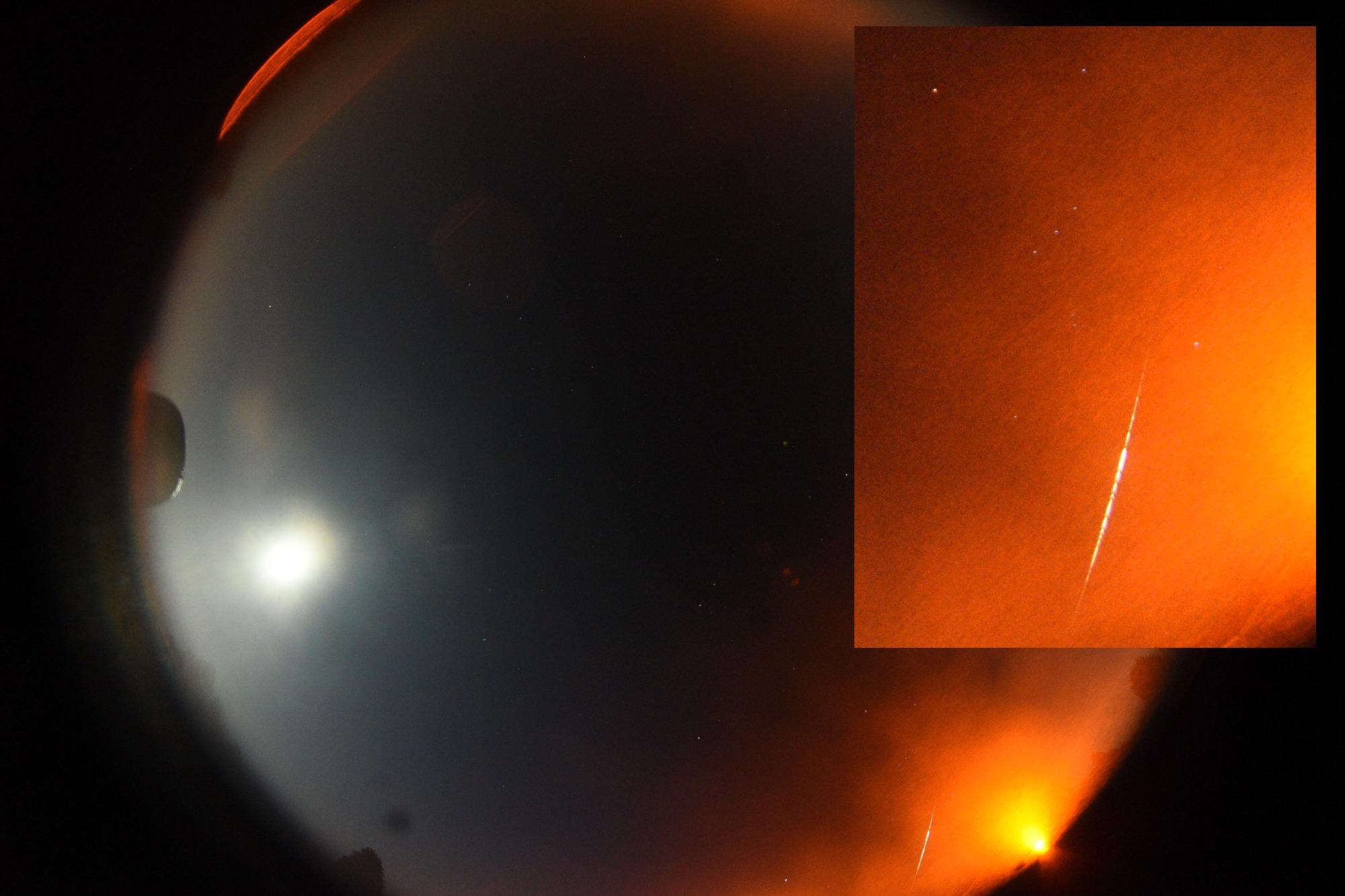Mar 10 2021
Curtin University has played a major role in the recovery of a rare meteorite in the UK, made possible by dedicated fireball observatories set up as part of the Curtin-led Global Fireball Observatory (GFO).

Image Credit: Curtin University
Lead scientist of Curtin’s GFO team Dr Hadrien Devillepoix said the achievement was in the true spirit of the Global Fireball Observatory, which is a collaboration of 18 partner institutions, including NASA, across eight countries and six continents.
“Thanks to the expertise and technology developed at Curtin University to build the Desert Fireball Network, we established partnerships around the world to install these systems and observe meteorite falls globally,” Dr Devillepoix said.
Dr Devillepoix and researchers from Curtin’s Space Science and Technology Centre (SSTC) who lead the GFO, were able to recreate the flight path of the space rock through the atmosphere to predict a fall area for meteorite fragments.
Fragments of the meteorite were recovered in Winchcombe, Gloucestershire, within 400m of the predicted position by members of the public, as part of dedicated searches led by Curtin graduate Dr Luke Daly, now of the University of Glasgow.
Now with the Natural History Museum, the meteorite is an extremely rare type known as a carbonaceous chondrite, similar to the Murchison meteorite and containing water and amino acids, which are the building blocks of life.
Recovering abundant quantities of this pristine meteorite so quickly is comparable to the samples recently returned from space by the Hayabusa2 mission and the international efforts of the UK Fireball Alliance and GFO have also determined where this meteorite came from in the solar system, linking this incredible sample to its origins in space.
GFO program manager Dr Eleanor Sansom from Curtin’s SSTC said it was an incredible first recovery for the UK partners and a fantastic demonstration of the unprecedented power of collaboration in unravelling the mysteries of our solar system.
“By expanding Australia’s Desert Fireball Network worldwide as the Global Fireball Observatory, we have extended the area of skies we cover to increase the possibility of observing a rare meteorite fall, like this one,” Dr Sansom said.
SSTC Director, John Curtin Distinguished Professor Phil Bland said meteorites fell to Earth every day, but we don’t know when they will land on Earth or where in the solar system they come from.
“It’s a tantalising incomplete puzzle we are trying to solve with just the meteorites alone,” Professor Bland said.
“Being able to piece together the recovered sample with its origins in space and expand our efforts with our international partners means the Global Fireball Observatory networks have the potential to uncover the clues to solar system evolution, unlocking nothing short of the origins of life on Earth.”
The Desert Fireball Network in Australia has recovered over 20 per cent of the world’s meteorites with known orbits and has recently expanded this effort worldwide with the ARC funded Global Fireball Observatory.